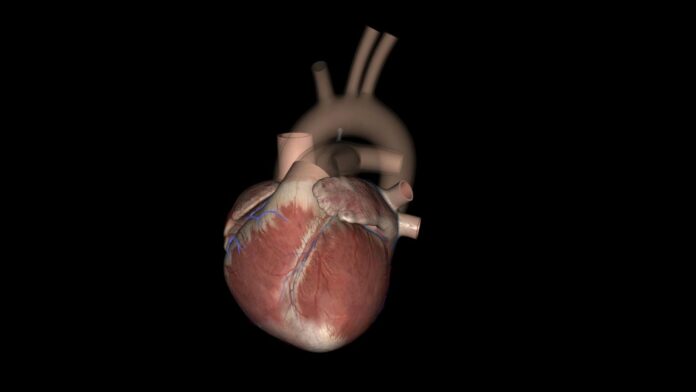A new study found that injectable hydrogel can help reduce damage to the heart’s right ventricle. Researchers from University of California San Diego, Georgia Tech, and Emory University conducted the study in rodents. This hydrogel was previously shown to be safe in humans during an FDA-approved Phase 1 trial in 2019. Based on the new study, the FDA approved a test for pediatric patients.
The injectable hydrogel is designed for children born with a condition called hypoplastic left heart syndrome, where the left ventricle doesn’t develop properly. Although uncommon, this illness accounts for a significant number of neonatal cardiac defect deaths.
Current treatments involve multiple surgeries and lifelong care, but they can lead to complications. The hydrogel aims to support the right ventricle, which becomes strained from overwork, potentially delaying or preventing the need for a heart transplant.
Injecting the hydrogel into the rodent’s right ventricle improved its function and ability to handle more blood pressure and volume. It also slowed tissue scarring and muscle growth. By boosting heart function, the aim is to extend the patient’s life and improve their quality of life.
Karen Christman, a bioengineering professor at UC San Diego, said, “It’s not a cure but aims to prolong life. The treatment could also enhance cognitive function and growth.”
Michael E. Davis, one of the paper’s senior authors and director of the Children’s Heart Research and Outcomes Center, said, “They might be able to wait until they can get on an adult heart transplant list.” For injection into the heart, the hydrogel derived from the cardiac extracellular matrix is first devoid of cells, dried, ground into a powder, and then liquefied. It transforms into a gel after injection, promoting injured cardiac tissue’s healing and improved function. The initial author of the paper is Jervaughn Hunter, a graduate student at UC San Diego.
Positive outcomes were observed two weeks after injection in preclinical testing. The hydrogel, prepared from the tissue of pig hearts’ right and left ventricles, improved heart pumping ability and reduced muscle growth and scarring. It also encouraged the development of blood vessels.
Perhaps because the hydrogel from the left ventricle had a higher collagen concentration, it performed better. The treatment impacted gene expression linked to heart healing and circulatory system development. The effectiveness of the therapy in neonates with hypoplastic left heart syndrome will shortly be tested in a clinical trial.
Journal reference:
- Jervaughn D. Hunter, Joshua M. Mesfin et al., Myocardial Matrix Hydrogels Mitigate Negative Remodeling and Improve Function in Right Heart Failure Model. JACC: Basic to Translational Science. DOI: 10.1016/j.jacbts.2024.01.006.
